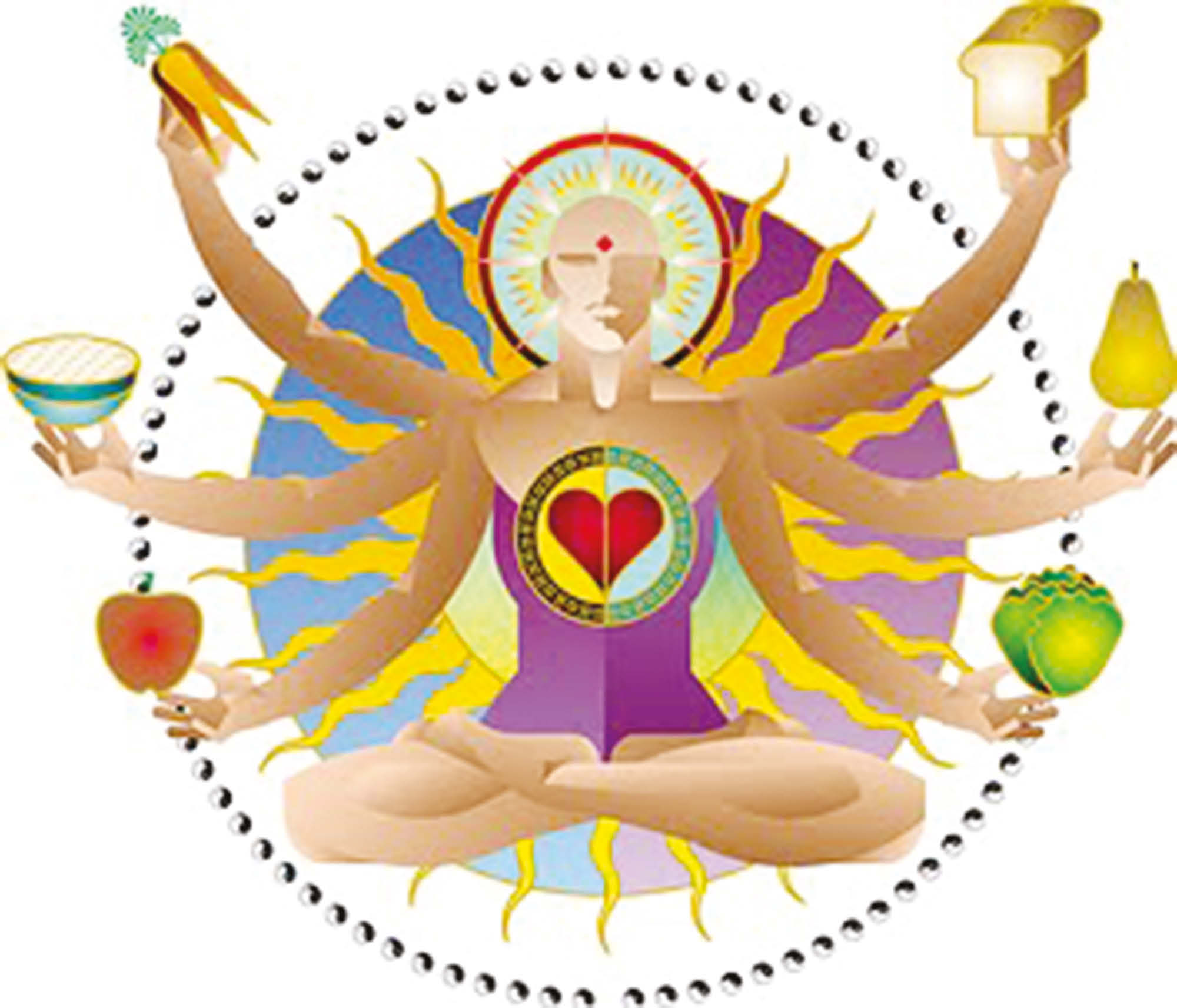
In the East, as well as in the West, there tend to be two rather different approaches to spirituality – that of the scholar and that of the practitioner. The scholar tends to be abstract, and studies world religions as one might study bugs or rocks or fossils – merely another field for the detached intellect. The idea of actually practicing a spiritual or contemplative discipline rarely seems to dawn on the scholar. Indeed, to practice what one is studying is held to interfere with one’s “objectivity”- one has become a believer and therefore nonobjective.
Practitioners, on the other hand, although admirably engaged in an actual discipline, tend to be very uninformed about all the various facets of their tradition. They may be naive about the cultural trappings of their particular path, or about its actual historical origins, or about how much of their path is essential truth and how much is simply cultural baggage.
The essence of Yoga is very simple: It means yoking or joining. When Jesus said, “My yoke is easy,” he meant “My Yoga is easy.” Whether East or West, Yoga is the technique of joining or uniting the individual soul with absolute Spirit. It is a means of liberation. And it is therefore fiery, hot, intense, ecstatic. It will take you far beyond yourself; some say it will take you to infinity.
 Yoga is like an ancient river with countless rapids, eddies, loops, tributaries, and backwaters, extending over a vast, colorful terrain of many different habitats. In this volume I have provided a bird’s-eye view, giving the reader the broader picture and, I hope, a deeper appreciation of the inviting waters of Yoga and of the checkered cultural landscape through which the river of Yoga has flowed in the course of its millennia-long development. Occasionally, however, I have zeroed in on a particularly relevant feature, exploring it as space and available sources permitted.
Yoga is like an ancient river with countless rapids, eddies, loops, tributaries, and backwaters, extending over a vast, colorful terrain of many different habitats. In this volume I have provided a bird’s-eye view, giving the reader the broader picture and, I hope, a deeper appreciation of the inviting waters of Yoga and of the checkered cultural landscape through which the river of Yoga has flowed in the course of its millennia-long development. Occasionally, however, I have zeroed in on a particularly relevant feature, exploring it as space and available sources permitted.
Our last glance fell on the riverine current of Hatha-Yoga, that aspect of Tantrism which seeks to accomplish both spiritual enlightenment and bodily immortality. It is this branch of the meandering river of Yoga that carries us to the ocean, the world beyond India. For Yoga has definitely come West. There are today millions of Hatha-Yoga practitioners around the world who benefit from this age-old technology of bodily wholeness and personal growth. There are also millions of practitioners of meditation. They enjoy glimpses of the secrets of consciousness and its astonishing capacity to lift itself up by its own bootstraps-that is, to go beyond its own conditioning.
Yet, only a few people deeply and consistently commit themselves to exploring the intricate psychotechnology of the various branches of the Yoga tradition. It is they who are discovering that consciousness, the human body-mind, is a well-equipped laboratory in which can be found, through ecstatic self-transcendence, the philosopher’s stone – the alchemical elixir of enlightenment. Admittedly, not everyone is able to follow their example.
 Nonetheless, the tradition of Yoga, for which there are still representative masters to be found, offers a wonderful opportunity to delve into the psychic and spiritual” dimensions that our postindustrial civilization has tended to neglect and even shun. We can study the scriptures of Yoga, both ancient and modern, and allow their esoteric knowledge and wisdom to enrich our understanding of human nature. With guidance, we can even try to verify in our own person some of the claims made by Yoga authorities past and present. This should, of course, never be a matter of merely imitating the East, but we can learn from its triumphs and its failures.
Nonetheless, the tradition of Yoga, for which there are still representative masters to be found, offers a wonderful opportunity to delve into the psychic and spiritual” dimensions that our postindustrial civilization has tended to neglect and even shun. We can study the scriptures of Yoga, both ancient and modern, and allow their esoteric knowledge and wisdom to enrich our understanding of human nature. With guidance, we can even try to verify in our own person some of the claims made by Yoga authorities past and present. This should, of course, never be a matter of merely imitating the East, but we can learn from its triumphs and its failures.
Certainly, Yoga deserves far more careful attention from scientists than it has so far been granted. Our modern Western civilization, which now exerts a strong influence in all reaches of the globe, is in desperate need of a psychotechnology that can counterbalance the baneful effects of the excesses of scientific technology and the deficient consciousness that created and developed it. Scientists, who are after all committed to under-standing reality, have a special obligation to explore the great intuitions of the spiritual traditions of the East, which vigorously challenge the current scientific view of the world.
The limitations of the materialistic paradigm have become increasingly apparent in the course of the twentieth century. More and more scientists are less and less certain of what it is they are trying to observe, measure, describe, and comprehend. This newly won virtue of uncertainty is a possible open door to a more spacious worldview that also accommodates the psychospiritual aspects of existence. The insights and findings of India’s spiritual traditions, painstakingly gathered over many millennia, can give us a glimpse of what we are likely to find on the other side of the door once present scientific dogmas have been transcended.
Practitioners of such a reformed science will then truly be able to sift reality from fiction, and creative imagination (mythology) from mere wishful thinking. They will also be in a position to create the new language that is undoubtedly necessary to describe what they will encounter. Above all, they will learn to stand again in awe of the great Mystery of existence and be humbled and transformed by it. This challenge of the spirit confronts us all, and today it confronts us more pressingly than ever before in human history.
Collectively and individually we will definitely have to find our own answers – our own Yoga.





Be the first to comment